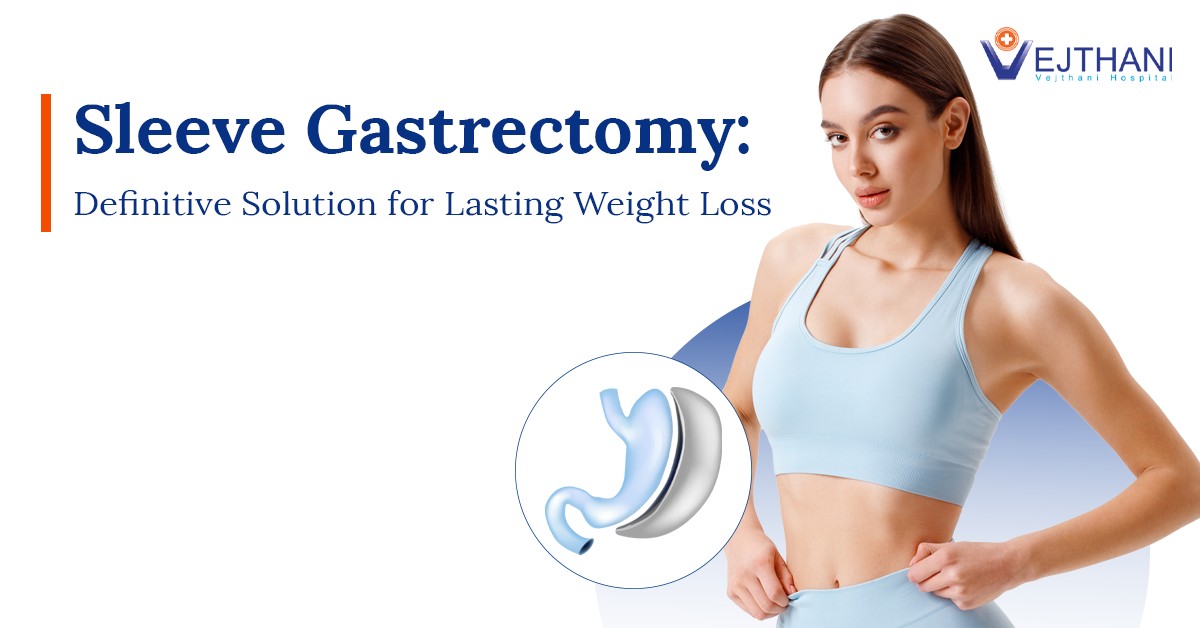
Cardiac closure devices
Overview
A cardiac closure device can close the opening in the wall that divides their upper heart chambers (atria). This can close a patent foramen ovale (PFO) that should have closed shortly after birth or an atrial septal defect (ASD) that was present at birth.
An atrial septal defect (ASD) closure device closes the interatrial septum, a hole in the wall that divides the left and right upper chambers of the heart (atria). ASDs are congenital abnormalities characterized by the presence of holes that should not naturally exist.
PFO (patent foramen ovale) patients may additionally require a cardiac closure device. A PFO differs from an ASD in that it represents a potential space within the interatrial septum, originally utilized by a fetus as part of its normal circulation. The foramen ovale is functional solely during fetal development. Normally, after birth, it should close. The foramen ovale is referred regarded as “patent” if it is still open, therefore the name “patent foramen ovale.”
These gaps may close on their own or be so little that they don’t present problems. A cardiac closure device, however, may be required for those who experience shortness of breath, weariness, or heart palpitations.
Types
Devices for closing ASDs and PFOs include:
- Amplatzer™ Septal Occluder.
- Amplatzer™ PFO Occluder.
- Amplatzer™ Cribriform (more than one hole septum).
- Gore® Cardioform Septal Occluder.
- Gore® Cardioform ASD Occluder (in case that ASD is large).
- STARFlex® Septal Closure System.
Reasons for undergoing the procedure
If the patient has a hole in the wall separating their left and right atria, they may require a cardiac closure device. Blood in their left atrium and blood in their right atrium are kept apart by closing this opening. This is significant because the left atrium contains oxygenated blood, unlike the right atrium.
If the blood in their atria mixes, their heart is unable to provide enough oxygen to their body. Before entering the left atrium and reaching their body’s cells, all of the blood is intended to have oxygen.
ASD closure devices are also used by healthcare providers to prevent strokes in patients with patent foramen ovale (PFO). This kind of opening, like an ASD, enables blood to flow in incorrect direction inside their heart.
Risk
A PFO or ASD closure device’s side effects or problems could include:
- Aortic insufficiency, which is the backflow of blood from the aortic valve.
- Abnormal heart rhythms.
- Blood clots.
- The device has shifted from its original position.
- Endocarditis brought on by dental work.
- Leak in the ASD closing device. (Most of them cease to leak during the first year.)
- Anticipating challenges in future left atrium access.
- Erosion of devices. This is uncommon. There is an anticipated. Chance range: 0.04% to 0.3%.
Procedure
ASD closure devices can be implanted either through open-heart surgery by surgeons or via catheter-based procedures performed by cardiologists. The catheter-based approach offers a less invasive alternative for addressing the issue during cardiac catheterization, eliminating the need for open-heart surgery. More than 80% of ASDs are now fixed through cardiac catheterization.
The size of ASD closure devices can range from 4 mm to 40 mm. The equipment that service providers use to install the device comes in different sizes. For the device they are placing, they can select the right size. The size of the opening that the device will need to fill is measured using a balloon inserted through a catheter.
A healthcare provider inserts a specific catheter into their heart via a leg vein in order to use it to seal a PFO or ASD. Each edge of the device is gently pushed out of the catheter, enabling it to cover the opening on all sides. When the gadget is in the appropriate location, they release it under ultrasound and X-ray supervision.
Some issues with cardiac closure devices can now be reduced thanks to research. The following are some methods by which healthcare providers lessen risks:
- The healthcare provider will advise them to take an anticoagulant for six months after having an ASD closure device in order to prevent blood clots.
- Newer devices that enable catheter passage for healthcare providers are available. Even while the closure device closes a hole to entirely divide the left and right atriums, these more recent devices still permit catheters to pass through them to access the left atrium for treatments like atrial fibrillation ablation. This function is not available on older devices.
- Healthcare providers must take care to select the appropriate device and size device for each individual in order to prevent device erosion.
After the procedure
In order to avoid endocarditis for the first six months following the receipt of an ASD closure device:
- Let the healthcare providers and dentists know that the patient has a cardiac closure device. They might want to keep this information on a card they carry.
- If the patient develop infection-related symptoms, such as a sore throat, generalized body aches, or a fever, call the healthcare provider right once.
- Maintain healthy gums and teeth to ward against infections.
- Have a regular appointment with the dentist.
- Take antibiotics prior to any procedure that could result in bleeding, such as any dental work (even a simple teeth cleaning), invasive tests, and major or minor surgeries.
- Ask your healthcare provider what kind and how much antibiotics that should be taking.
Outcome
According to numerous research, there is a success rate of above 93% for implanting ASD closure devices. The devices used to close ASDs transcatheter are just as effective and secure as those used during open-heart surgery, according to research. But if the patient receives an ASD closure device during a cardiac catheterization, they can anticipate less pain and a shorter hospital stay.
A PFO can be fixed with a cardiac closure device using a catheter, and research indicates that this method is superior to taking drugs to prevent strokes.
Following the healthcare provider use of a catheter to implant an ASD closure device, the patient will require an overnight stay. The patient could then need to rest for the following two weeks. After their surgery for a day or two, they can engage in non-strengthening activities. Open-heart surgery requires a lengthier recovery period.
When a patient receives an ASD closure device, call the healthcare provider if they experience fainting or chest pain. To ensure sure their cardiac closure device is remaining in place and operating properly, the patient will also require routine examinations.
Contact Information
service@vejthani.com






















